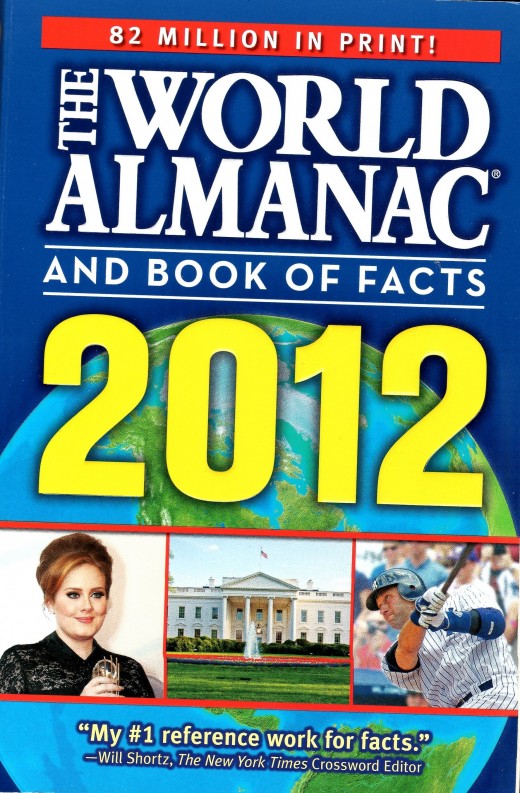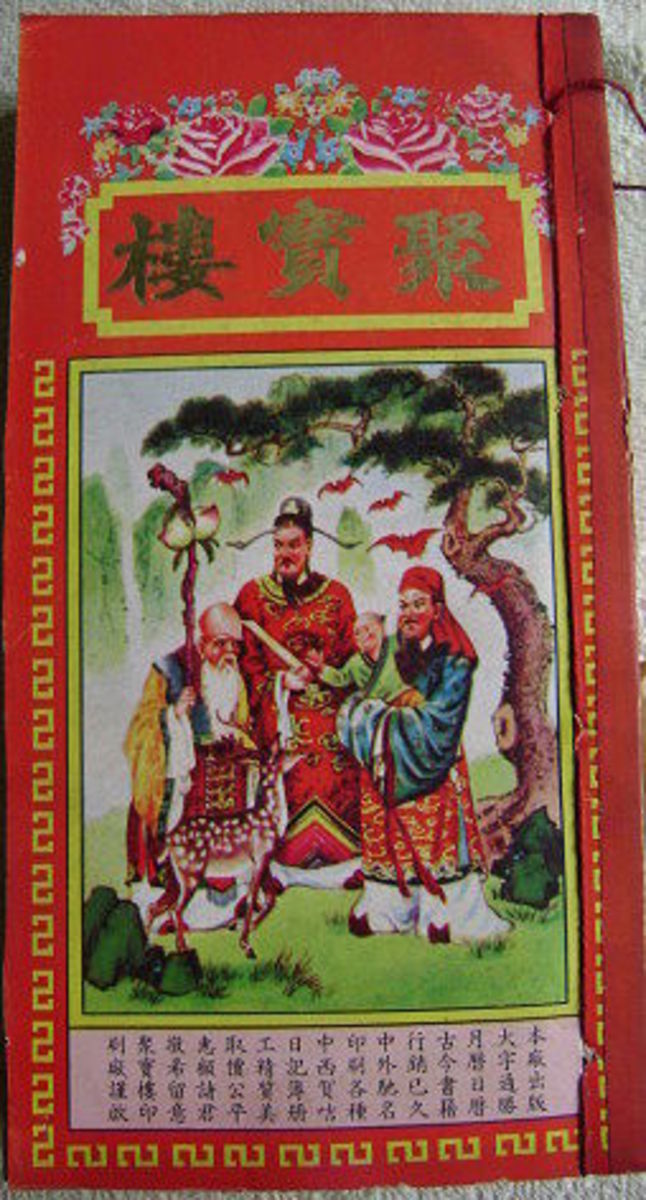About Almanacs - The Basics

By Joan Whetzel
When was the last time you looked into an almanac? They are fascinating books, chock-full of information. You wouldn't believe the amazing amount of information that can be packed into such a compact book. Take a look.
What Is an Almanac?
Almanacs are reference books, published annually, that contain calendars, weather forecasts, astronomy information, statistical data, timelines, tables of the tides, and other information that can be contained in table or list format or condensed into 1-2 paragraph articles. Currently, there are several different Almanacs in circulation: Whitaker's Almanack, TIME Almanac with Information Please, World Almanac and Book of Facts, The Farmer's Almanac and the Old Farmer's Almanac. The World Almanac and Book of Facts offers a more inclusive set of facts than most of the others, and as a desk references go, is probably one of the best choices for a general reference book.
The World Almanac and Book of Facts Contents
Almanacs cover data and facts on just about any topic you could think of; almost like a mini-encyclopedia. Major topics include: agriculture, awards and prizes, business, demographics, economics, geography, government, health and medicine, mass media, religion, science, sports, technology, and transportation.
To begin to understand the full scope of what an almanac contains, begin with the Table of Contents. The 2012 World Almanac and Book of Facts, for instance, contains the following items in its Table of Contents:
2011 Special Features and Year in Review
· Top Ten News Topics
· World at a Glance
· Election Preview 2012
· The Changing United States
· Chronology of the Year's Events
· Obituaries
· State Government
· Supreme Court Decisions
· Notable Quotes
· Offbeat News Stories
· Historical Anniversaries
· Time Capsule
· The Year in Pictures
2012 Information, Data, Facts, broken down by topic
· Economy, Business, & Energy
· Crime
· Military Affairs
· Health and Vital Statistics
· Personalities, Arts and Media
· Science and Technology
· Consumer Information
· US Facts and History
· World Maps and Flags
· US Government
· US Cities, States, and Population
· Nations of the World
· Sports
· General Index
Navigating the Almanac
Begin by looking through the Table of Contents to get a very general idea of what's in the book. If the information you are looking for is in one of these areas, but you aren't looking for anything specific, then turn to that section in the book and begin scanning through it for any specific facts and details that you may want or need, or that you simply find intriguing.
When specific facts or peices of information are needed, turn to the index in the back of the book. The index is arranged into columns, like any other book index. The topics headings are arranged alphabetically, are more refined in scope (meaning they are not general in nature like the topics listed on the Contents page, but very specific in nature), and include subtopics for many of the listings. Page numbers are listed next to each index entry.
Finally, thumb through the book itself. Get a feel for the layout, which sections have descriptive text and which are tables, lists, or timelines. Try examining several of these tables and lists and timelines to get a better idea of what they contain and how to use them.
Almanacs are one of the best reference books to have around. They're great for playing trivia games and crossword puzzles. They're indispensable for writers who need facts and statistics for the material the produce. They are also fun to look up a few facts to impress your friends and family with. Go check out the library or book store shelves, and look through one. I'm sure, once you've discovered what's in them, you'll find hundreds of great uses for one of these great little books.
Resources
American Heritage Dictionary. Almanac.
http://education.yahoo.com/reference/dictionary/entry/almanac
Wikipedia. Almanac.
http://en.wikipedia.org/wiki/Almanac
Almanac.com. The Old Farmer's Almanac.
The World Almanac and Book of Facts, 2012.
New York: World Almanac Books, 2012.









